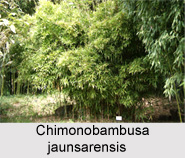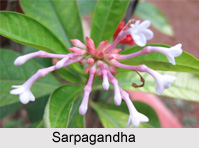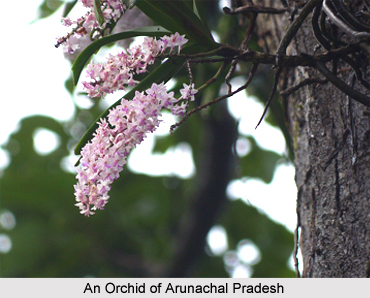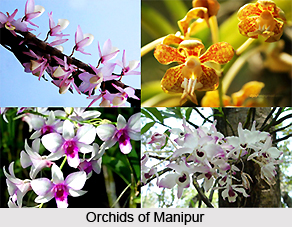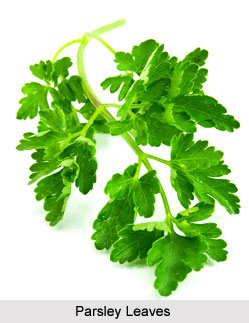 Benefits of Parsley can be found in many ways. Parsley is an easy to grown and widely used plant. Parsley grows best in moist, well drained soil and in full sun. Parsley belongs to the Apiaceae family and is wildly cultivated as an herb, as a spice and as a vegetable.
Benefits of Parsley can be found in many ways. Parsley is an easy to grown and widely used plant. Parsley grows best in moist, well drained soil and in full sun. Parsley belongs to the Apiaceae family and is wildly cultivated as an herb, as a spice and as a vegetable.
Culinary uses of parsley
Fresh leaves of Parsley have strong culinary odours and are commonly used for garnishing and seasoning. Fresh leaves can be eaten raw, incorporated in salads, and used as an ingredient of sauces, stews and soups. They are also used in meat and poultry seasonings. The leaves are also employed to make a sort of tea, which is considered to possess anti-scorbutic properties since it is very rich source of vitamin C. The roots are used as vegetable in soups. The dried leaves and roots are used in condiments, but some scholars have contradicted the use of fruits for this purpose. Leaves of Parsley give a pungent and lingering aroma. It enhances the flavour of a number of unusual food and other non-vegetarian and vegetarian dishes. Freshly chopped leaves gives flavour to Jam, sweet sauces and herb butter. It acts as an agent of digestion after a banquet and helps in refreshing the mind and body. It is used in the preparation of biscuits, soup, cheese, stews and sauces. Parsley is also used for the preparation of Rosemary tea, wine.
Medicinal Uses of Parsley
Parsley has an amazing medical value. In parsley a chemical named apigenin is found in great quantity. This chemical is quite helpful in preventing Cancer. The herb is reported to possess diuretic, carminative, ecbolic, emmenagogue and antipyretic properties, and has long been used for uterine troubles. The juice of fresh leaves is used as an insecticide. Parsley causes skin irritations in some people, and this is attributed to the presence of a furocoumarins, bergapten. Bruised leaves are applied to bites and stings of insects, and mericarps are used to get rid of lice and skin parasites. Parsley is used in the treatment of diuretic disorder. It helps is proper digestion, gives relief from neuralgic pains and stipulates the circulation of blood. Parsley also contains unique oil which helps to prevent lung tumour.
Other Uses of Parsley
The fruit oil contains apiol (parsley camphor) and alpha-pinene, with small amounts of aldehydes, myristin, ketones and phenols. The fruit yields about 20 percent of greenish fatty oil with a peculiar odour and disagreeable sharp flavour. The oil has a high content of Petroselinic acid (up to 76 percent). It can be tried for a number of industrial purposes, such as making of synthetic rubber, plastics, protective coatings and lubricating oil additives. It may be tried as a raw material for manufacture of soap. The oil cake can be used for manufacture of industrial adhesives. Parsley widens the tissues where it is applied and it acts as a room freshener; twigs are burnt to give the aroma. It is used as a moth repellent with other herbs. Parsley is widely used as a companion plant.
Parsley should not be taken in a huge quantity by a pregnant woman. It is safe when taken in normal quantity, but huge amount can cause uterotonic effects.
